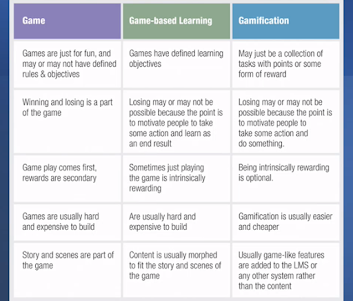Week 2 - The Internet Usage ✍
During our lesson, we examined a few tables (e.g Global Digital Usage, Most Used Digital Platforms, etc.) and came to the conclusion that the number of people between the age of 16 to 64 using mobile phones, the internet, and social media has risen since last year. To quote Mr. Karacan "Every 8.5 out of 10 individuals use internet connection.", which means that people can connect with each other through the web and we, teachers, should use this opportunity in our favor.
Later on, we discussed the short teaching videos on the internet. Ayşe Sude mentioned a guy on TikTok teaching English and we exchanged views on whether this is effective or not. We also mentioned the applications used to practice languages such as Discord, Duolingo, Tandem, HelloTalk, Cambly, etc.
Then we analyzed the most visited websites in Turkey like Google, EBA, Translate, etc. meaning that there are millions of students in our country using the internet for education and language purposes. We continued with a list of the most searched queries on YouTube. The list showed us that most people use YouTube for entertainment purposes -it also made us realize that none of us know who Dila Kent is 😅-. However, since students are interested in YouTube videos, we, as teachers can use this in our favor by sharing videos about the language.
Near the end of the lesson, we learned about Web Evolution. The evolution of the web is divided into 4 (or possibly more in time) groups called Web 1.0, Web 2.0, Web 3.0, and Web 4.0. To explain what they are;
Web 1.0 (1990-2000): The internet was in a passive form. It was not used to communicate with other people or upload an opinion. The main purpose was to gather/download information.
Web 2.0 (2000-2010): The internet becomes more active which means that people are able to get in touch with each other. Platforms like MSN, Facebook, YouTube were produced during this period.
Web 3.0 (2010-2020): The internet becomes even more active as well as productive and predictable. Cloud system and smart devices like Siri, Alexa were produced during this period. Artificial and semantic technologies are part of 3.0.
Web 4.0 (2020-2030): Web 4.0 is still in process; therefore, we do not have a proper explanation or examples to discuss.
In conclusion, we learned many new facts about the usage and process of the internet. I personally really enjoyed the lesson and I feel like my tech-based vocabulary has widened!





Yorumlar
Yorum Gönder